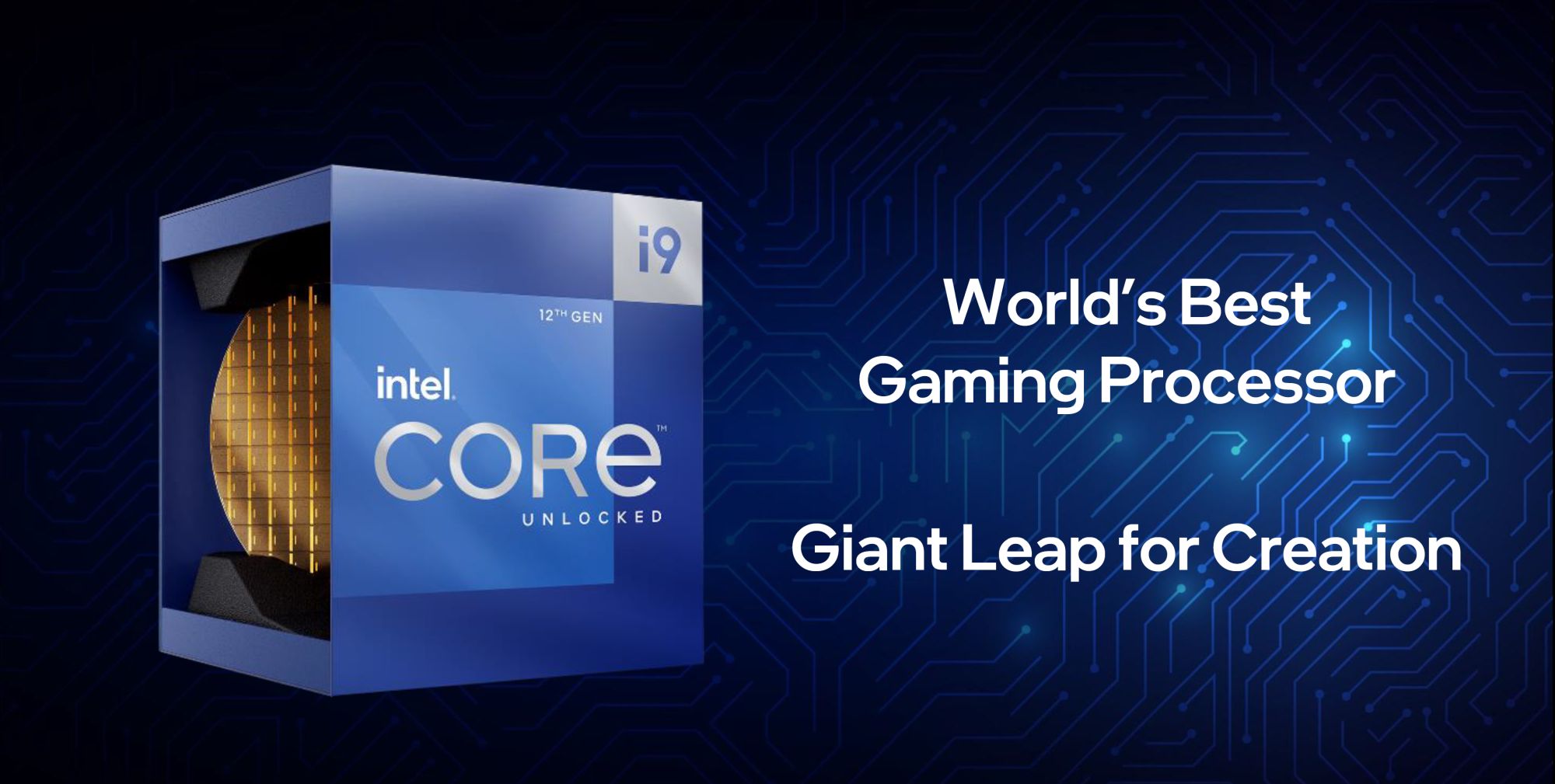After months of rumours and half-whispers on its next-generation of CPUs, Intel has finally pulled back the curtains on its 12th generation Alder Lake desktop processors. The chipmaker officially announced that it would first be releasing three CPU models, each with two SKUs.
As a quick recap, all Alder Lake desktop CPUs are based on the Intel 7 process, which is basically the proper name for the chipmaker’s Enhanced SuperFin 10nm die lithography. To that end, it is the first series of desktop CPUs to fully move away from Intel’s archaic 14nm process that first launched in 2014.
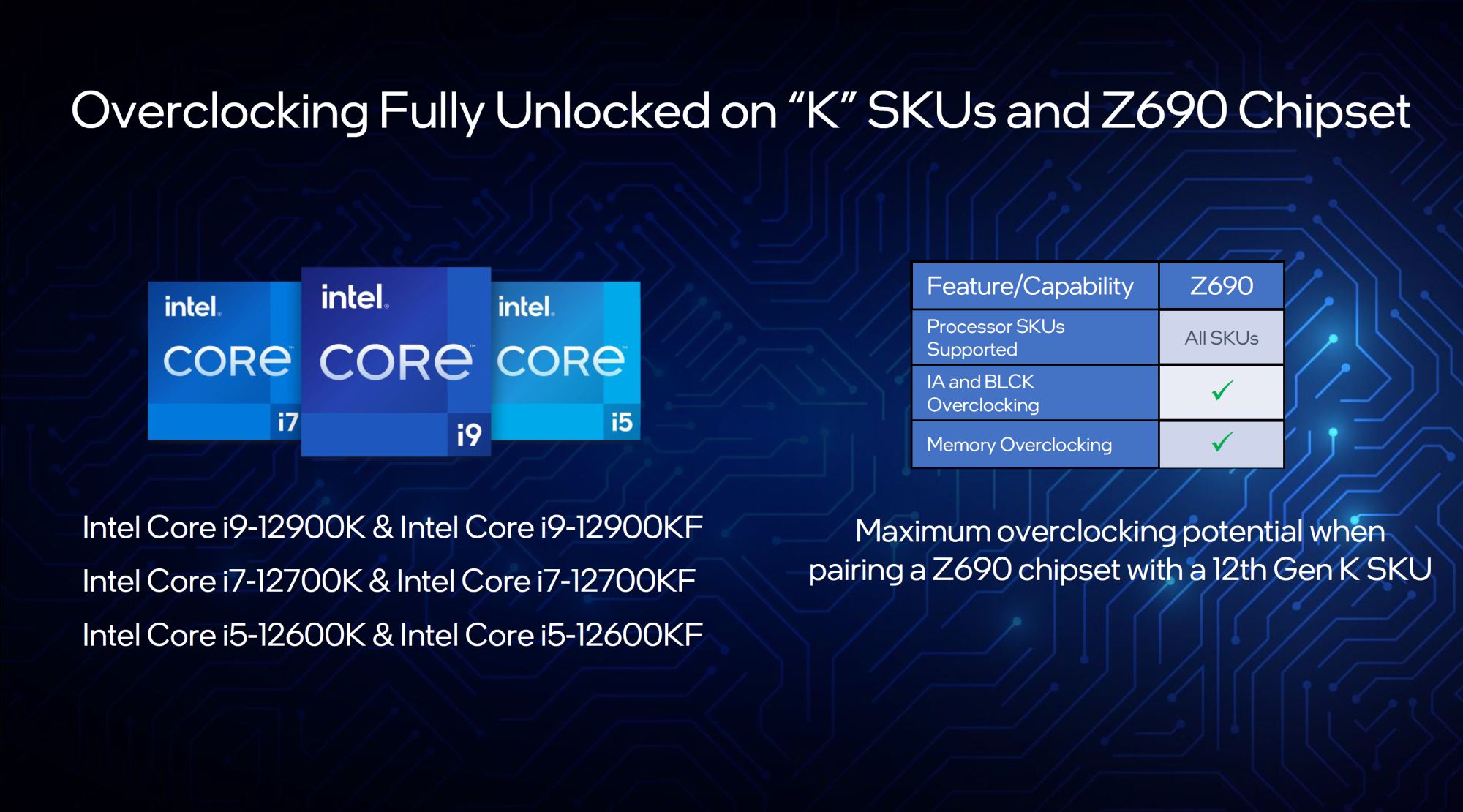
On another note, all of Intel’s 12th generation CPUs are designed to run on a new, asymmetrical number of cores and threads. These cores are divided into two categories: Golden Cove Performance Cores (P-Cores) and Gracemont-based Efficient Cores (E-Cores). The latter cores lacking any form of Intel’s Hyper-Threading technology.
Sitting at the top of the Alder Lake lineup is Intel’s most powerful and top-of-the-line consumer desktop CPU, the Core i9-12900K. This processor uses a 16-core, 24-thread layout, comprising eight P-Cores and eight E-Cores. Additionally, it has an Intel Smart Cache of 30MB, and Intel Turbo Boost Max clock of up to 5.2GHz – up to 5.1GHz on the P-Cores and 3.9GHz for E-Cores – while its base clocks for its P-Cores and E-Cores are set at 3.2GHz and 2.4GHz, respectively.
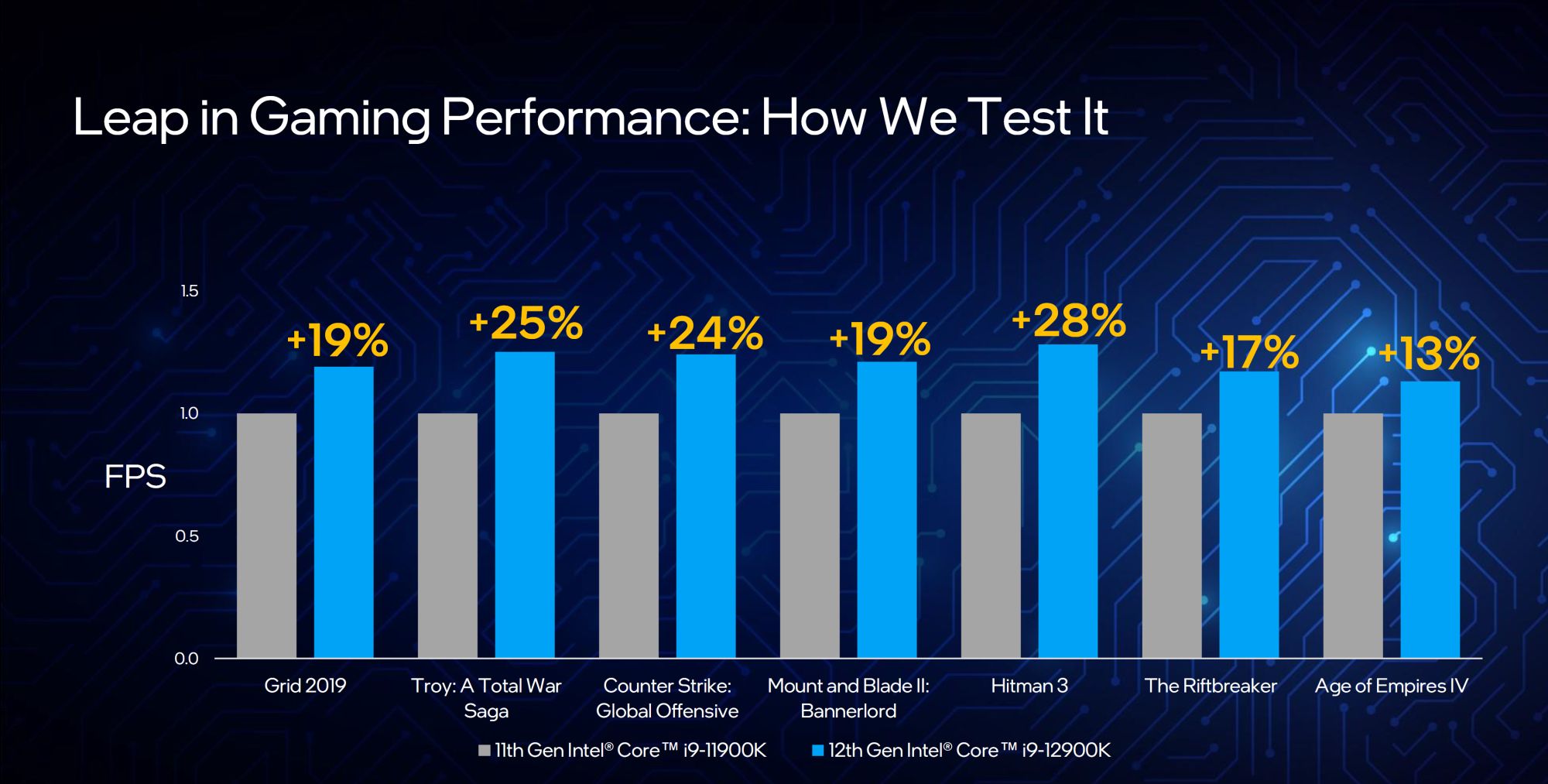
Next up is the Core i7-12700K. This CPU sports a 12-core, 20-thread layout, comprising eight P-Cores and four E-Cores. Its Intel Smart Cache is expectedly smaller than the 12900K at 25MB, as are its clockspeeds. Its base clocks are rated at 3.6GHz for its P-Cores and 2.7GHz for its E-Cores. As for its Turbo Boost Max clocks, the CPU goes up to 5GHz for its P-Cores and 4.9GHz for its E-Cores.
Last on the list is the mid-range Core i5-12600K. This processor sports a 10-core, 16-thread layout, made up of six P-Cores and four E-Cores. It also has an Intel Smart Cache size of 20MB, P-Core and E-Core base clocks of 3.7GHz and 2.8GHz respectively. While its boost clocks can reach up to 4.9GHz and 3.6 GHz for its P-Cores and E-Cores.
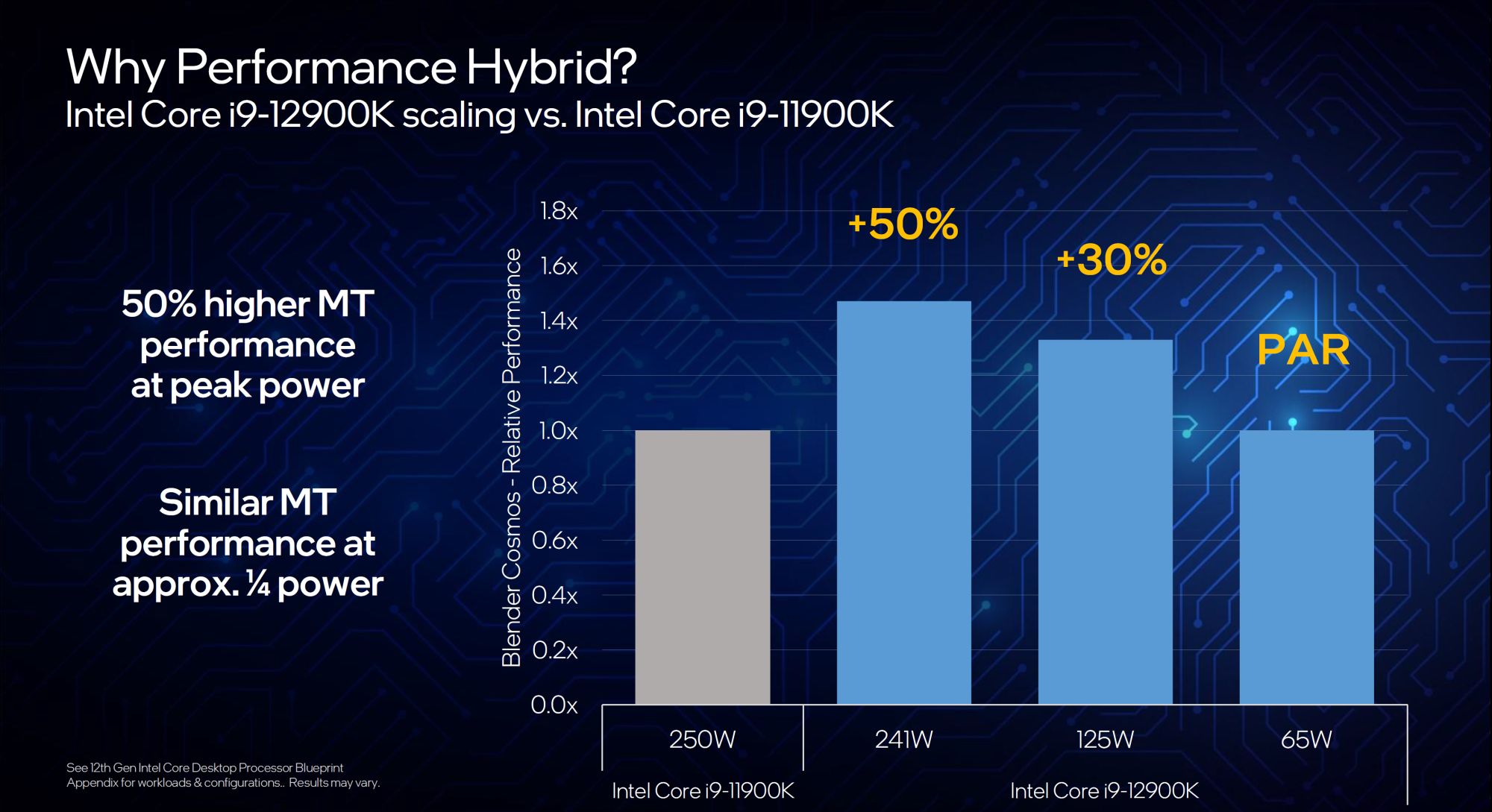
Regardless of CPU model, all three variants will have a TDP or, as Intel would like us to call it, Processor Base Power of 125W. As mentioned earlier, each processor will have two SKUs, a “K” and “KF” variant. Then, as now, KF version of the CPUs are identical to their K-based sibling, the one exception being that they lack the Intel UHD Graphics 770 integrated GPU.
As previously reported, the new Alder Lake CPUs will use a new LGA1700 platform, which has led to Intel’s platform partners launching several of their own Z690 chipset motherboards. On that note, the new motherboards and CPUs will be the first in the industry to support the new DDR5 memory standard that supports default speeds of 4800MHz by default.
Of course, in addition to the new CPUs and given that all SKUs are overclockable, Intel is also providing consumers with new and updated overclocking tools, to take full advantage of the fact. One thing that we think is important to point out is that, regardless of the new P-Core and E-Core arrangement, Intel assured us that all cores on its CPUs are overclockable.
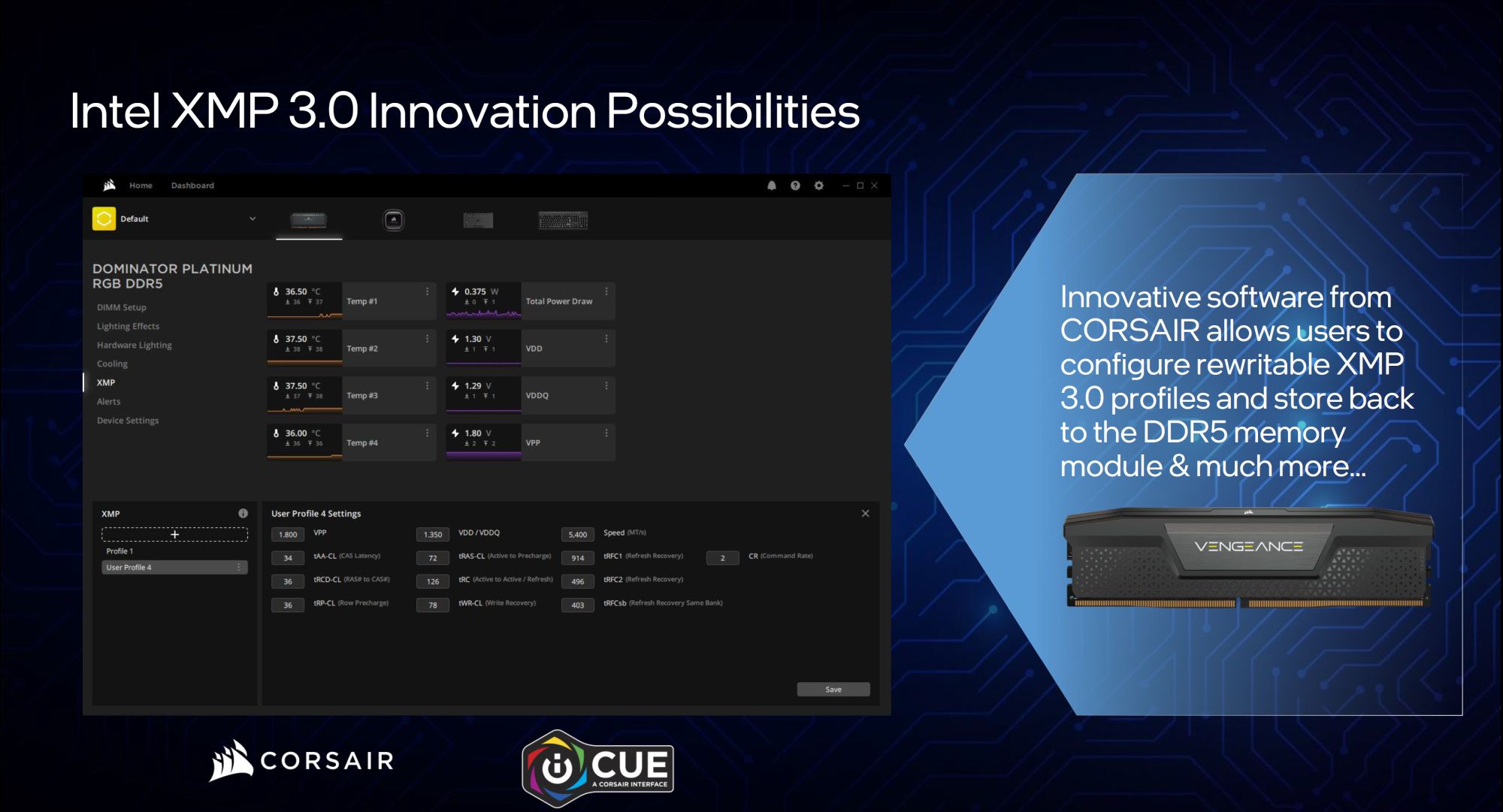
For that, the chipmaker is introducing its new Extreme Memory Profile (XMP) 3.0 overclocking tool, an Intel Thread Director Technology, as well as a one-click overclocking tool for DDR5 memory. Additionally, Intel has also enhanced its Extreme Tuning Utility (XTU), now version 7.5, in order to help maximise the potential of all 12th generation Alder Lake CPUs.
On the subject of memory overclocking, Intel is also introducing its Dynamic Memory Boost technology, a feature that enables Alder Lake CPU the ability to…well, allow both DDR5 and DDR4-certified RAM the ability to switch between the JEDEC standard and Intel’s XMP profiles, all at a flip of the switch. Oh, and lest we forget, Intel says that all these features are designed to work more efficiently with Microsoft’s latest Windows 11 OS. So, if you want to take full advantage of said technologies, you may need to upgrade from Windows 10.
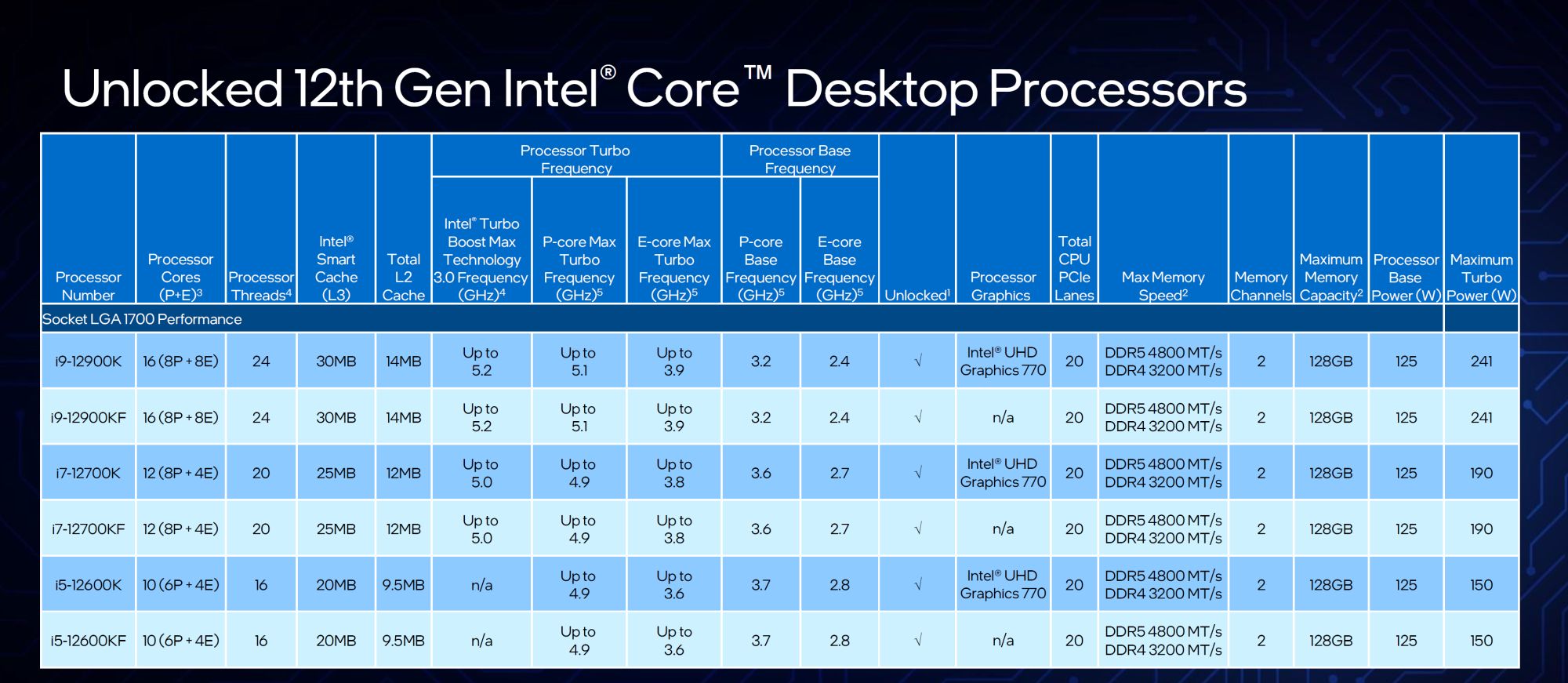
As for availability, Intel says its 12th generation Alder Lake CPUs are already available for preorder, with broad availability for the processor set for 4 November onwards. Pricing is expected to start from US$269 (~RM1115) to US$589 (~RM2442). At the time of writing, Intel did not specify local pricing.
Follow us on Instagram, Facebook, Twitter or Telegram for more updates and breaking news.


